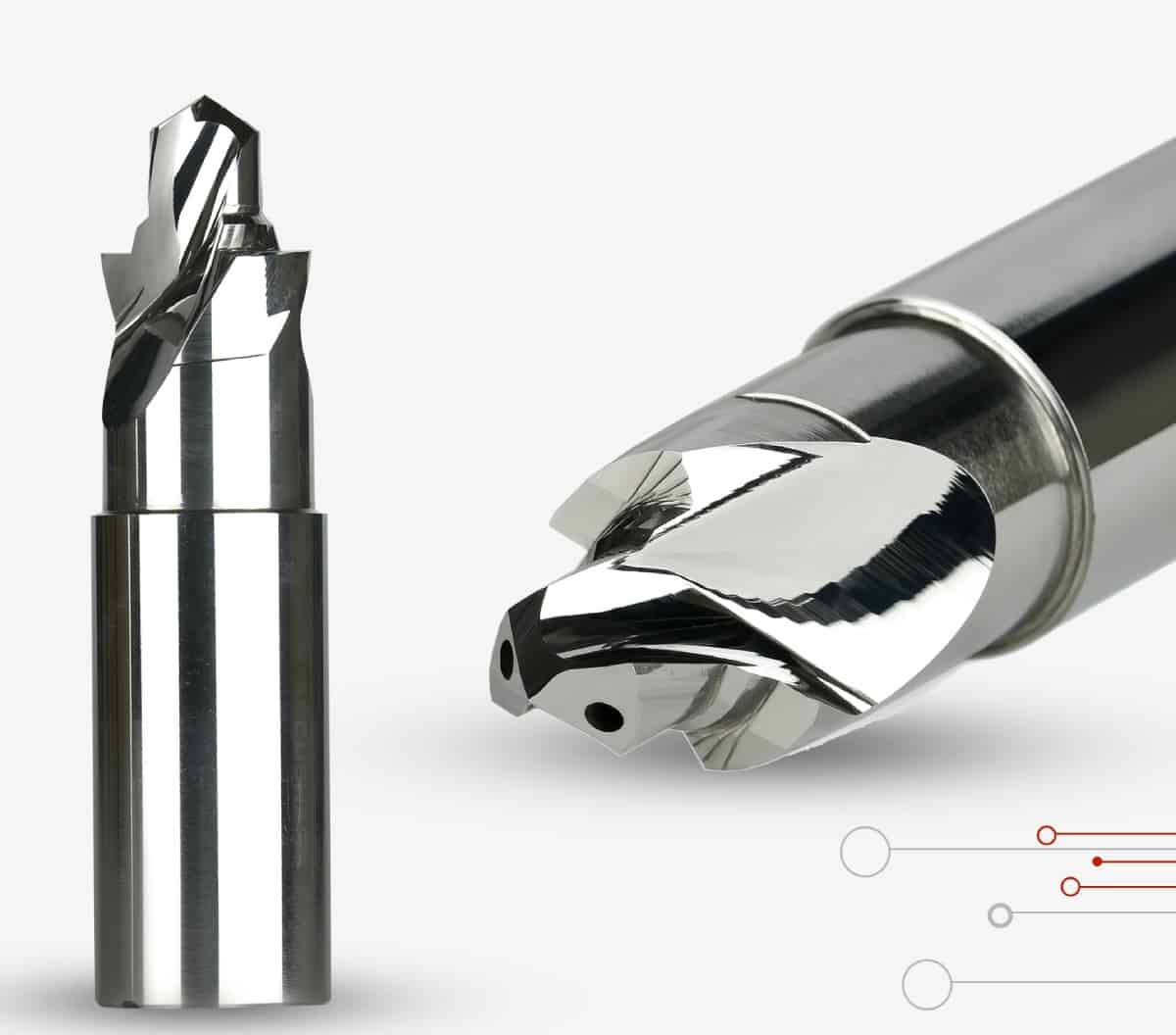Since the beginning of time when humans first created metallic artifacts, there have been several tools for cutting metals. By the beginning of the industrial era, the majority of tooling was made of hardened steel in some form, and the basic tool types—turning, milling, and drilling—each with a number of subcategories, were easily distinguished by their distinct geometries.
The discovery of hard metal, sometimes referred to as cemented carbide or simply “carbide,” in 1926 was the one significant development that fundamentally altered the tooling industry. A flood of advancements over the ensuing decades either broadened the performance and/or application range of hard metal tooling or offered substitutes with even superior performance in some applications.
One of the main markets for the powder metal business is cutting tools for use in metal processing. In this case, the latest technologies enable the near-net form production of cutting tools with complicated geometries, a feat not attainable using conventional manufacturing techniques.
Although the fundamental technologies for metal-cutting tools have been around for a while, tool makers still release new items that have the potential to be quite useful.
- Graphical Progress
New developments in tooling have given geometry more control than ever before. In the case of macro geometry, which is involved in rake face topography, this is particularly true. The degree of slant between the top face of the tool and its cutting edge is referred to as the “rake angle,” and it can significantly affect how your parts and pieces are finished.
In general, larger rake angles have higher cutting power than smaller ones, but they are also more prone to failure and breaking. To discover the optimal rake angle, you must take into account the sort of material you’re working with as well as the precise application of the tool.
- Nubby Irons
Nodular irons, also known as ductile irons, are becoming more and more well-liked lately. Nodular irons frequently need special equipment to meet the extra development of ferrite materials because they are versatile and manageable materials.
This kind of material is frequently utilized in the manufacture of engine and wheel components for automobiles due to its excellent durability. Despite being very simple to work with, before the artwork is finished, additional finishing procedures are frequently needed to smooth the edges.
- Drought Machining
In many regions, the development of tools is governed by new and changing regulatory restrictions. To lessen their environmental impact and adhere to 21st-century norms, machinists in these areas have switched to dry machining.
When the material or parts you’re dealing with the need to stay dry throughout the production process, dry machining is the right choice. Cutting fluids and lubricants have the potential to contaminate the finished product, which is a major problem in the manufacturing of medical devices.
Dry machining just cannot be used on some materials. Cutting fluids must be used externally to clean metals like titanium and magnesium in order to prevent damage to the component or your tools.
- Machined aluminum
While aluminum is still a common material for machining, the sheer variety of aluminum compounds and alloys available necessitates the use of bespoke tools.
The aircraft industry frequently uses titanium aluminide, sometimes known as TiAl. Although its use in the production of engine valves and fans for the automobile industry is being investigated, the material’s hardness and abrasiveness call for a tool with an incredibly sharp edge.
Manufacturers are also using silicon, in particular silicon carbide, to strengthen aluminum without impairing the part’s ability to be machined. The commercial grades of this material have been made available for general production, despite its long history of use in electronics.
- The Future of Machining and Modern 3D Printing
Modern 3D printers are accessible to the general public, but the manufacturing sector still requires expert machinists to manage large-scale projects, guarantee part consistency, and provide the appropriate finishing equipment for the task. While consumers might be getting ready to start their own small-scale production projects, factories all across the world are merely going about their regular operations.
- Cermet Cutting Equipment
Cermet cutting tools, which mix ceramic and metal to create a powerful and long-lasting tool, are frequently used in dry machining. When compared to composite materials like tungsten carbide, the resulting tool has greater chemical stability and enhanced hardness when cutting hot materials.
Cermet cutting tools are better suited for making near-net shapes because of their lack of precision, nevertheless. During this procedure, components are created in a shape that closely resembles their final, or net, shape. This reduces the quantity of cleaning, polishing, and edge grinding required to produce a final product.
These could be as simple as an indexable drill-chamfer-spotface combo tool, or they could be a lightweight reamer that was 3D printed. Whatever the necessity, additive manufacturing will have a significant impact on both the producers and consumers of cutting tools. Therefore, the answer to the prior question, “Which is more important: cost, tool life, or predictability,” is clear: It’s all of them, plus data visibility and connectivity for good measure.


